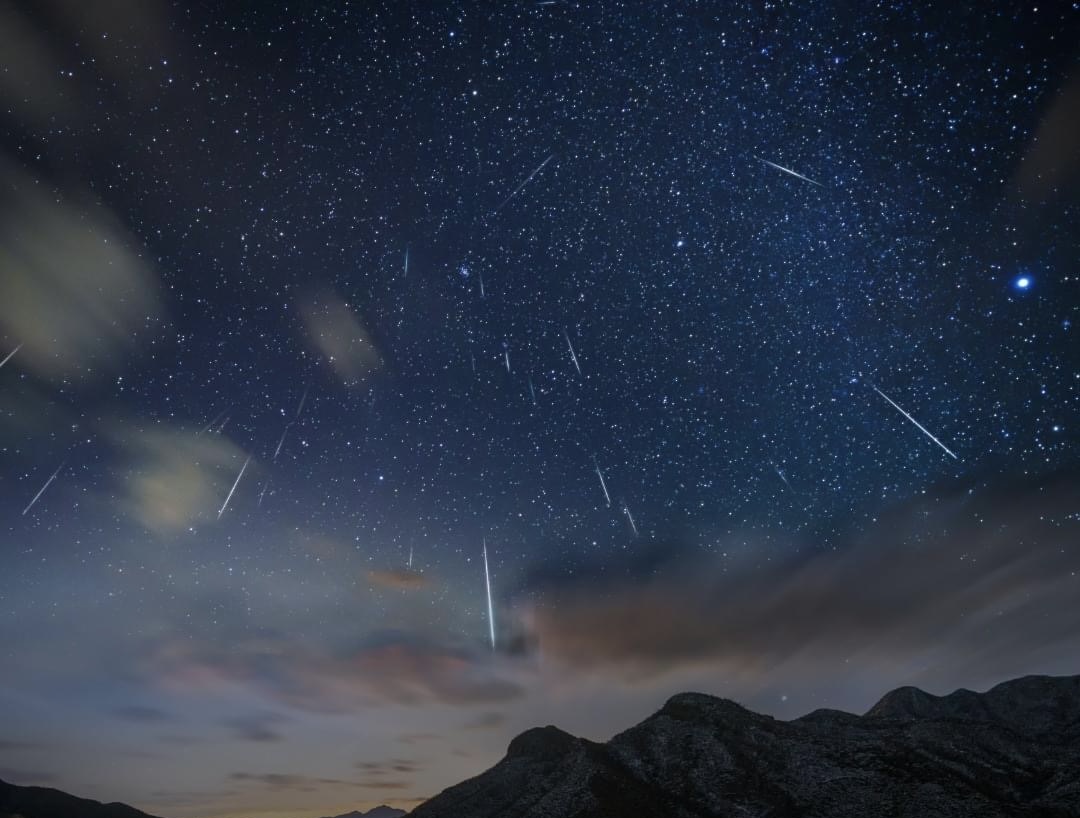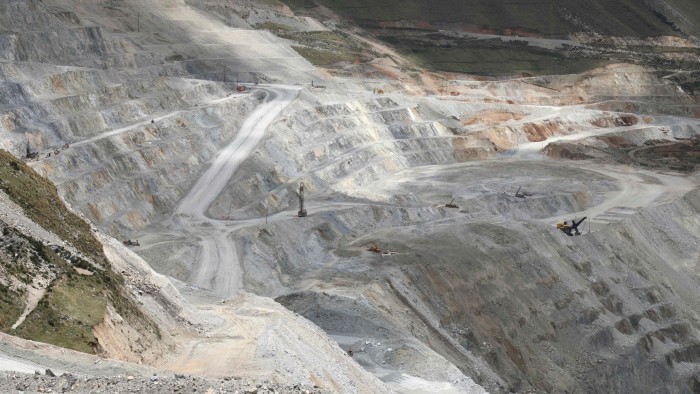2024’s First Observable Meteor Shower Peaks Tonight
The Quadrantids, one of the year’s “best annual meteor showers” of “bright fireball meteors,” according to NASA, peaks tonight into the pre-dawn hours for a short duration of six hours, and the space agency recommends viewers in the Northern Hemisphere, where the meteor shower is best viewed, lie flat with feet facing northeast for the best view.
The Quadrantids, one of the year’s “best annual meteor showers” of “bright fireball meteors,” according to NASA, peaks tonight into the pre-dawn hours for a short duration of six hours, and the space agency recommends viewers in the Northern Hemisphere, where the meteor shower is best viewed, lie flat with feet facing northeast for the best view.
The Quadrantids can also be viewed at latitudes north of 51 degrees south throughout the night and pre-dawn hours, the space agency said.
NASA recommends finding an area away from city or street lights, and allowing one’s eyes to adjust to the dark for 30 minutes before being able to see the meteors.
Between 2 a.m. local time and dawn, viewers will have the best chance to see the Quadrantids, but a half-illuminated moon this year may obscure some meteors, according to the International Meteor Organization, which suggests using a tree or building to block moonlight.
At its peak, 60 to 200 Quadrantid meteors can be seen per hour if weather conditions are perfect, and the meteors travel at 25.5 miles per second, according to NASA.
Between 1 a.m. and 4 a.m. Thursday morning, most of the East Coast and parts of the Midwest will have less visibility of the sky, while most of California and parts of the South will have more visibility, according to the National Weather Service.
The meteor shower is known for its bright fireball meteors, which can last longer than the average meteor streak, because fireballs come from larger pieces of material, the space agency said.
SURPRISING FACT
Due to its thin stream of particles and the Earth crossing the meteor stream at a perpendicular angle, the Quadrantids have a shorter peak time than other meteor showers which usually peak for up to two days, NASA said.





